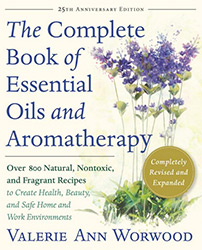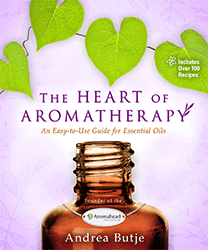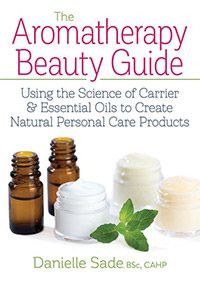Aromatherapy Smelling Salts Bowl
Coarsely ground pink Himalayan salt is only one of many salt varieties that can be used in this beautifully aromatic recipe.
Introduction

I love bath salts. So relaxing, and the course or mixed grain sizes are so visually appealing. The disadvantage is that once they are added to the bath, the beauty of these salts can no longer be enjoyed. If you are like me and enjoy the beauty of specialty salt grains, you will love this recipe that allows you to enjoy their beauty as the essential oils added to them delicately fragrance your room.

The term smelling salts generally refers to a type of ammonia salt used to revive those that have lost consciousness. This recipe, however, is intended to create beautiful small bowls of salts that can be used to naturally fragrance your favorite room while simultaneously drawing visual appeal.
I adore the gentle aroma of essential oils that permeates the air when a light breeze dusts across natural potpourri or these beautiful aromatic smelling salts. Potpourri is beautiful, but the fragrance can diminish rather quickly. So far, I find that my aromatic smelling salt bowls retain their fragrance longer than my my potpourri usually does.
This recipe is intended to create aromatic smelling salts that are contained in small condiment (2-3 ounce) glass bowls.
Ingredients
- 2 Tbs. Medium or course grain Sea Salt, Dead Sea Salt, Himalayan Salts or other medium to chunky grain salts.
The type of salt used in this recipe is not as crucial from a nutritive standpoint since you will not be using these salts in the bath or other topical application. Choose salts that you find visually appealing. Large, chunky, course grain salts are especially beautiful. - Approximately 10 drops of Essential Oil
Your favorite essential oil or pure essential oil blend can be used in this recipe. To view specific essential oil blend recipes, refer to AromaWeb's Diffuser Blend Recipes. - Small Glass Condiment Bowl
Directions
Place 2 Tbs. of your chosen salts into a medium size mixing bowl. Drizzle the drops of essential oil onto your salts. Over a short while, the salts will absorb the oils. Over time, the aroma of your salts will diminish. You can replenish the aroma by again drizzling more essential oils onto the salts.
Ideas
- If desired, lavender buds can be sprinkled on top of the salts for visual appeal.
- These small smelling salt bowls can be picked up, placed several inches from your nose and inhaled, giving you a much stronger aroma at the times that you need it. Be sure, however, not to inhale the actual particles of salt and do not allow the concentrated essential oils to touch your skin or nose.
- These salts are not intended for medical treatment or to revive someone who has become unconscious.
- When selecting and using essential oils, be sure to follow all safety precautions and research the safety info and contraindications for each individual oil.
- Do not ingest this recipe and do not add it to bathwater.
- To the unsuspecting child or house guest, your salts may resemble rock candy or other edibles. Be sure to keep these salts out of the reach of children and those that may try to ingest them.
Precautions
General Safety Information
These recipes are offered for educational purposes only. Before using any essential oil, carefully read AromaWeb's Essential Oil Safety Information page. For in-depth information on oil safety issues, read Essential Oil Safety by Robert Tisserand and Rodney Young. Do not take any oils internally and do not apply undiluted essential oils, absolutes, CO2s or other concentrated essences onto the skin without advanced essential oil knowledge or consultation from a qualified aromatherapy practitioner. For general dilution information, read AromaWeb's Guide to Diluting Essential Oils. If you are pregnant, epileptic, have liver damage, have cancer, or have any other medical problem, use oils only under the proper guidance of a qualified aromatherapy practitioner. Use extreme caution when using oils with children and consult a qualified aromatherapy practitioner before using oils with children, the elderly, if you have medical issues or are taking medications.
Do You Need the Ingredients Listed in This Recipe?
You can find the essential oils, other ingredients and packaging that you need by patronizing the fine companies that support AromaWeb with their banner advertising located throughout AromaWeb (See them all at a glance within the Advertiser Spotlight area) and the listings located within the Aromatherapy Business Directory. Many of AromaWeb's advertisers also expertly formulate their own ready-made products if you decide you'd rather not make aromatherapy products yourself.
Do You Want More Essential Oil Recipes and Blends?

Over 800 Recipes!
The Complete Book Of Essential Oils & Aromatherapy
Author: Valerie Ann Worwood

Over 100 Recipes!
The Heart of Aromatherapy
Author: Andrea Butje

100 Recipes!
The Aromatherapy Beauty Guide
Using the Science of Carrier & Essential Oils to Create Natural Personal Care Products
Author: Danielle Sade, BSc, CAHP
Visit AromaWeb's Books area to find details about many other essential oil and aromatherapy books.